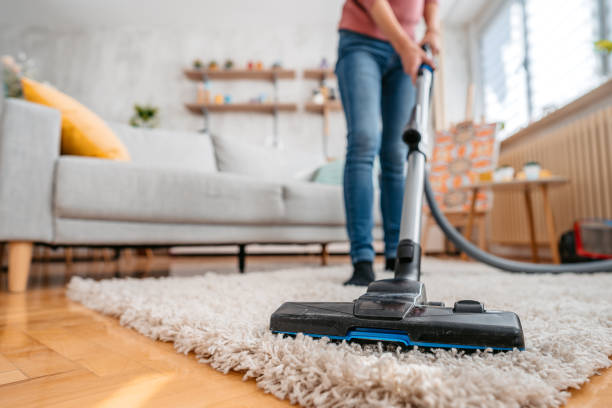The reliability of a vacuum system depends on its design and component quality. In industrial, lab, or commercial settings, vacuum performance is vital for productivity, consistency, and safety. Choosing the right pump is crucial. A tailored OEM vacuum pump can reduce downtime, boost energy efficiency, and extend equipment life. This guide highlights key factors for designing a reliable vacuum system and explains why high-quality components are essential.
Understanding the Role of Vacuum Pumps
The pump is the heart of any vacuum system, removing air and gases to create a controlled vacuum. Different applications require different vacuum levels—laboratories may need a deep vacuum, while packaging systems might need a moderate one. Choosing an OEM vacuum pump ensures a perfect fit for your system, considering vacuum level, material handling, and flow rate. These pumps are designed for seamless integration, ensuring consistent performance and efficiency.
Why Compatibility Matters in Vacuum Systems
A common cause of vacuum system failure is component mismatch. When a pump is the wrong size or incompatible with the system’s materials or duty cycle, inefficiency quickly follows. Misaligned parts can cause leaks, pressure drops, and premature wear. An OEM vacuum pump solves this by ensuring compatibility. Designed for its environment, it provides optimal suction, consistent pressure, and less mechanical resistance. This improves performance and ensures the reliability and stability of the entire vacuum system.
The Risks of Using Generic Components
Generic pumps and parts may seem cheaper, but they often don’t fit properly. They usually require modifications or adapters, which can weaken the vacuum seal, increase noise, and raise energy use. This added strain can shorten appliance lifespan and lead to higher utility bills over time. Choosing the best electricity plan can help offset these increased energy costs and improve overall efficiency. Incompatible parts can also void warranties or create safety risks. Poorly matched pumps may overheat or fail under tough conditions. OEM components, like vacuum pumps, are built to exact standards, ensuring reliable performance and avoiding these issues.
Key Factors to Consider When Designing Your Setup
A reliable vacuum setup starts with a clear understanding of your system’s operational demands. Before choosing your components, especially the pump, evaluate these essential factors:
- Vacuum level required: Whether you need a rough, medium, or high vacuum will influence the pump type.
- Flow rate: Higher flow rates are necessary for larger chambers or systems with frequent cycling.
- Chemical compatibility: Ensure the pump materials are resistant to gases or vapors that may be present.
- Noise and vibration sensitivity: In sensitive environments, quieter, more stable operation is necessary.
- Maintenance requirements: Some systems require pumps that can run for long hours without intervention.
An OEM vacuum pump that matches these criteria reduces the guesswork and helps you avoid compromises that could affect reliability.
The Value of Long-Term System Stability
A well-installed vacuum system should run smoothly with minimal interruptions. Regular maintenance can fix most issues, but the key to reliability lies in quality components. OEM pumps stand out with their durability, fewer breakdowns, and consistent performance. Designed to exact specifications, they wear evenly and integrate seamlessly with other parts, boosting long-term reliability. This compatibility supports proactive maintenance and reduces the risk of failures. Investing in OEM components also makes future upgrades or expansions easier and more efficient.
Conclusion
Selecting the right vacuum system is about more than just choosing a functional pump—it’s about building a solution that delivers consistent, long-term performance. An OEM vacuum pump offers unmatched peace of mind, thanks to its superior quality, precise engineering, and reliable operation. A well-designed vacuum system isn’t just made to meet today’s demands; it’s built to adapt to the challenges of the future. With carefully matched components, your system will provide exceptional efficiency, unwavering reliability, and enduring durability.





Leave a Reply